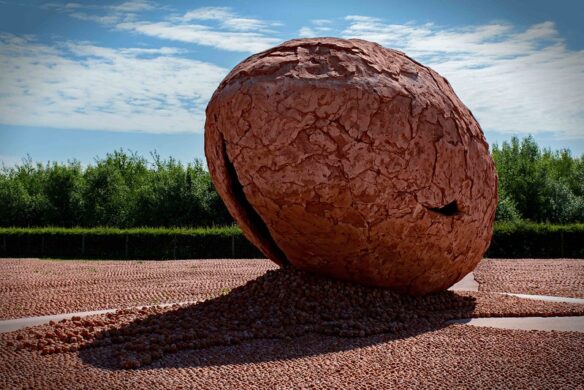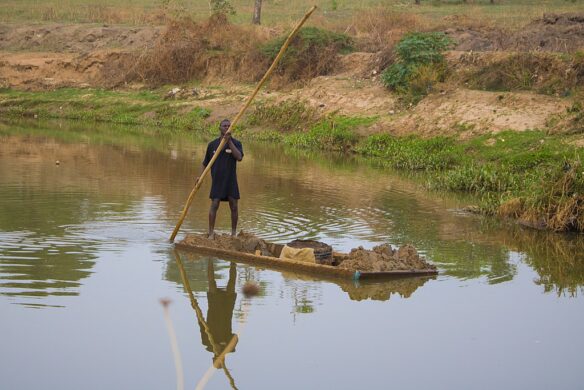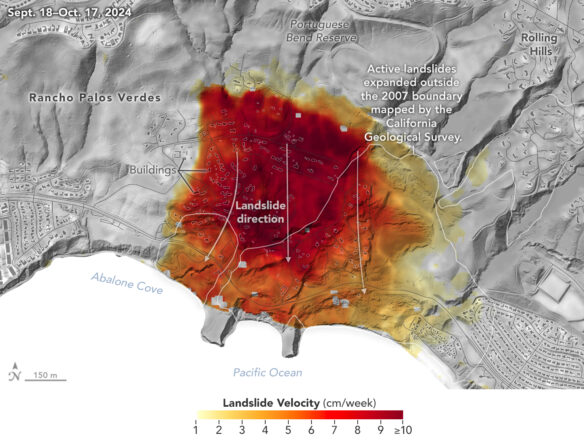Excerpt:
More than a century has passed since members of the Shasta Indian Nation saw the last piece of their ancestral home — a landscape along the Klamath River where villages once stood — flooded by a massive hydroelectric project.
Now more than 2,800 acres of land that encompassed the settlement, known as Kikacéki, will be returned to the tribe. The reclamation is part of the largest river restoration effort in U.S. history, the removal of four dams and reservoirs that had cut off the tribe from the spiritual center of their world.
“For so long we have felt a great loss, a loss of our family, our ancestors, for the loss of our villages and ceremony sites,” said Janice Crowe, chair of the Shasta Indian Nation. “Now we can return home, return to culture, return to ceremony, and begin to weave a new story for the next generation of Shasta, who will get to call our ancestral lands home once again.”
Recently, Gov. Gavin Newsom announced the state’s support for the return to mark the five-year anniversary of his apology to Indigenous Californians for the theft, violence, forced assimilation and emotional trauma they were subjected to — and his promise to make amends in part through land reclamation.
This reach along the sacred waterway, with its oak and redwood forests and rocky outcroppings, was where the Shasta had harvested elderberries and currants, hunted for deer and used wild pumpkin root to lure salmon into their nets. It had also been the setting for tribal ceremonies.
Until recently, most of the site lay submerged under the Copco and Iron Gate reservoirs.
With the decommissioning of the dams and draining of the reservoirs, miles of river valley are visible once more, and the return of free-flowing water has fueled hopes of reviving the salmon runs that had sustained the valley’s tribes since time immemorial. The Klamath River Renewal Corp. will transfer the 2,800 acres once work is completed, which could come as soon as the end of the year.
The reappearance of the stolen land resurfaces a haunting chapter in the Shasta people’s history, said Sami Jo Difuntorum, the tribe’s lead cultural preservation officer. She has guided tours of the area for years.
The Gold Rush of the mid- to late 1800s brought miners to the area who killed Indigenous people and sexually attacked tribal women. The violence and land theft were horrific enough, but they led to another atrocity, Difuntorum said — the displacement of people who believe the land to be an extension of themselves.
“Some say it’s woven into our DNA,” Difuntorum said of this profound attachment to the natural world. “It sure feels that way to me when I’m up there…”
Also of Interest:
Commercial salmon fishermen eye Klamath dam removal with cautious hope
OPB (Oregon Public Broadcasting) | Juliet Grable (Jefferson Public Radio):
Excerpt:
Will the restoration of Klamath River runs help restore California’s struggling salmon fishing industry?
Dave Bitts can bring in over 100 salmon by himself.
“That’s an exceptionally good day. If I catch 20 fish it’s worth the trip,” says Bitts.
At 76, he still fishes for salmon alone. Standing in the cockpit on the stern deck of his wooden trawler, Elmarue, he can keep an eye on all six wires; when one of the lines starts to dance, he brings the fish in, stunning it with his gaff while it’s still in the water. Then he uses the tool to hook the salmon behind the gills and swings it onto the deck.
“By the way, I want that fish cleaned and chilling in a single water flush within half an hour; that’s the standard,” says Bitts. “I want you to enjoy eating it as much as I enjoyed catching it.”
Bitts has commercial permits for both crab and salmon. Normally, in late May, he’d be out salmon fishing; instead, he’s just returned from a late crab run and tucked Elmarue into her slip at Woodley Island, a tidy marina in Humboldt Bay right across the waterfront near Eureka’s Old Town.
In April, for the second year in a row, the Pacific Fishery Management Council voted unanimously to close California’s commercial and recreational ocean salmon fishery. The closure was based on woefully low numbers of adult salmon expected to return to several California rivers.
The east end of the marina is stocked with sailboats and pleasure craft, but on the west end you can spot several commercial boats — Inua, Joy Ann, and My Lady, her deck piled high with crab pots.
“There’s not that many anymore, because there’s not much salmon season anymore,” says Bitts…









